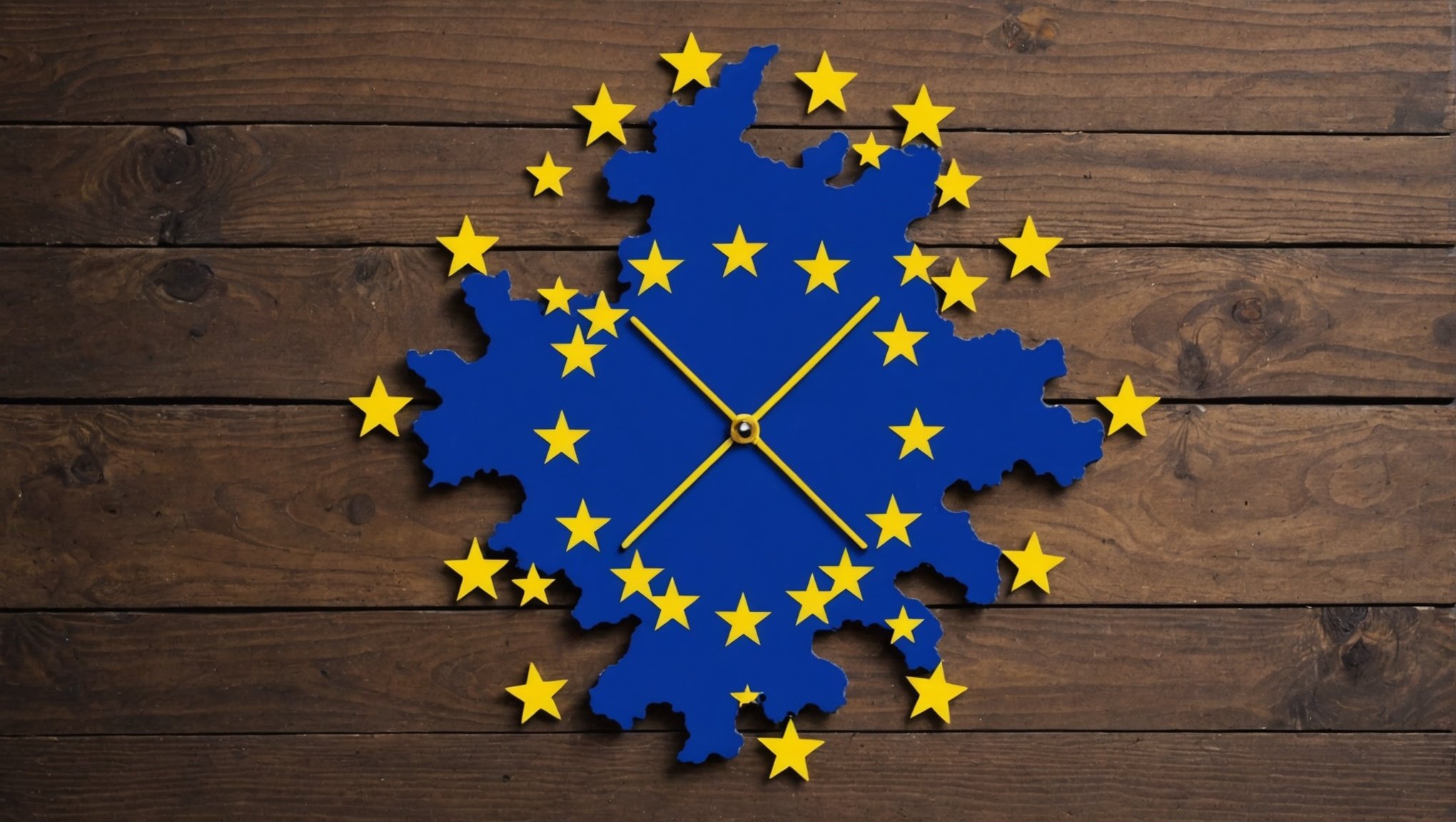Overview of the EU ePrivacy Directive
The EU ePrivacy Directive is a crucial piece of legislation impacting digital privacy practices. Initially introduced in 2002 and subsequently amended, its purpose is to safeguard personal data during electronic communications across EU member states. This directive is especially relevant for UK business compliance, aiming to enhance consumer trust by protecting user confidentiality and regulating data processing activities.
Key principles of the directive include ensuring informed consent for data tracking and maintaining data security in communications. Privacy regulations under the directive mandate businesses to prioritize user privacy, requiring transparency about data use.
In parallel : Essential Legal Guidelines for UK Businesses Providing Telehealth Services
In terms of compliance for UK businesses, it aligns closely with GDPR. However, certain nuances differ, particularly in the post-Brexit scenario. While GDPR handles broader spectrum data protection, the ePrivacy Directive zooms in on electronic communications. This presents unique challenges and opportunities for UK business compliance as they navigate overlapping and evolving privacy regulations on both sides of the channel.
Understanding the EU ePrivacy Directive‘s implications is vital for UK businesses striving to align with both UK-specific and EU-wide data protection norms, amidst the mounting complexity of international data privacy laws.
Also read : Exploring the Legal Landscape of Mobile Payment Systems for Retailers in the UK
Implications for UK Businesses
Brexit has introduced significant shifts in the regulatory landscape, directly impacting how UK businesses handle data. The ePrivacy impact is substantial, requiring organisations to adapt to new rules governing data privacy and security. Companies must navigate a dual compliance landscape, balancing both UK and EU privacy regulations. This alignment is crucial to maintain seamless business operations.
Following Brexit, the UK’s departure from the EU has meant that businesses now face distinct requirements under UK law, alongside the EU’s General Data Protection Regulation (GDPR). This duality has implications for data handling and processing practices, necessitating updates to internal policies to ensure conformity with both sets of regulations.
The business implications of non-compliance can be severe, including potential fines and reputational damage. Therefore, companies are encouraged to conduct frequent audits and engage in proactive risk assessments. Emphasising a culture of data protection within the organisation can also play an integral role in adhering to these evolving requirements.
Greater emphasis on the ePrivacy impact provides businesses with the opportunity to drive innovation by implementing advanced solutions that safeguard user data, thereby enhancing customer trust and opening avenues for competitive advantage in both domestic and international markets.
Key Compliance Steps
Ensuring compliance with a directive requires a robust compliance checklist. This checklist is imperative for navigating data protection practices and privacy audits.
To start, organisations must adopt comprehensive privacy policies. These protocols are not just formalities—they are the backbone of your data governance strategy. Employees should easily understand and apply them in everyday operations. Furthermore, ongoing employee training is vital. It’s not enough to have policies; teams must be equipped to implement them proficiently.
Training should cover essential aspects such as understanding data protection practices and recognising the importance of privacy audits. These audits, acting as compliance checkpoints, ensure that all procedures are up-to-date and adhere to legal requirements. They serve as preventative measures, catching potential issues before they escalate.
Aside from audits, cultivating a culture that values privacy is crucial. Employees must be aware of their roles in maintaining data security, preventing breaches, and safeguarding privacy. Create an environment where employees comprehensively understand and prioritise the significance of these steps. It’s not simply about meeting regulatory requirements—it’s fostering an ecosystem of trust.
Case Studies and Examples
In the UK, many businesses have tackled ePrivacy compliance effectively. Let’s explore a few notable examples.
One eminent case involves a technology firm, which integrated best practices by embedding data protection protocols into their software development life cycle. Such proactive measures not only improved their compliance rating but also boosted customer trust. By prioritizing privacy from the outset, they set a benchmark for the industry.
In contrast, non-compliance can have dire consequences, as experienced by a notable retail chain. Facing significant fines due to lacklustre privacy measures, this company serves as a cautionary tale. Their failure underscores the importance of robust compliance systems to avoid financial and reputational damage.
Learning from these, industries have adopted exemplary best practices, such as regular audits and employee training programs. These steps ensure that all stakeholders understand their roles in maintaining data protection standards.
Key Lessons
- Align data strategies with legal requirements.
- Regularly update privacy policies to reflect current standards.
- Invest in employee education to empower compliance from within.
Such industry examples highlight the balance between innovation and regulation, showing that effective compliance fosters both protection and competitive advantage.
Potential Penalties for Non-Compliance
Navigating the complex web of compliance risks is essential for any business. Non-compliance can lead to significant legal consequences. Depending on the severity and nature of the non-compliance, businesses may face a variety of penalties, from fines to more severe sanctions.
For instance, financial penalties often vary according to the regulatory framework involved and the extent of the violation. In many cases, fines can be substantial enough to impact a company’s financial health, sometimes ranging into millions of dollars.
Beyond monetary fines, there can be civil and criminal liabilities. Civil liabilities might involve lawsuits initiated by affected parties, while criminal liabilities could mean prosecution of individuals at the helm of decision-making within the organisation. Such consequences necessitate a proactive compliance strategy.
Adhering to regulations not only shields businesses from these repercussions but also builds trust with clients and stakeholders. Incorporating regular compliance checks and engaging with legal experts can result in a robust framework that mitigates exposure to risks. Thus, the importance of maintaining compliance cannot be underestimated, as it safeguards against potential turbulence that might arise from avoidable legal entanglements.
Resources for Further Assistance
Exploring compliance resources can provide substantial benefits for businesses aiming to meet regulatory requirements. Among these resources, downloadable checklists and templates can streamline the process of compliance by offering structured formats and tasks aligned with regulatory standards. Such materials are designed to ensure that each aspect of the compliance process is covered, reducing room for error.
For those seeking official guidance, consulting documents from regulatory bodies is highly recommended. These bodies often publish up-to-date guidance materials that serve as a reliable basis for understanding compliance obligations. Accessing these materials can clarify requirements and offer insight into best practices.
Furthermore, numerous organizations offer specialized support services in the realm of ePrivacy compliance. These include consultancy firms and legal experts equipped to navigate the complex landscape of privacy laws. Their services can assist businesses in interpreting guidelines and implementing them effectively.
When complexities arise, leveraging the expertise of these organizations can provide peace of mind, allowing businesses to focus on their core activities while ensuring robust compliance. Embrace these resources as allies in achieving your compliance objectives.











